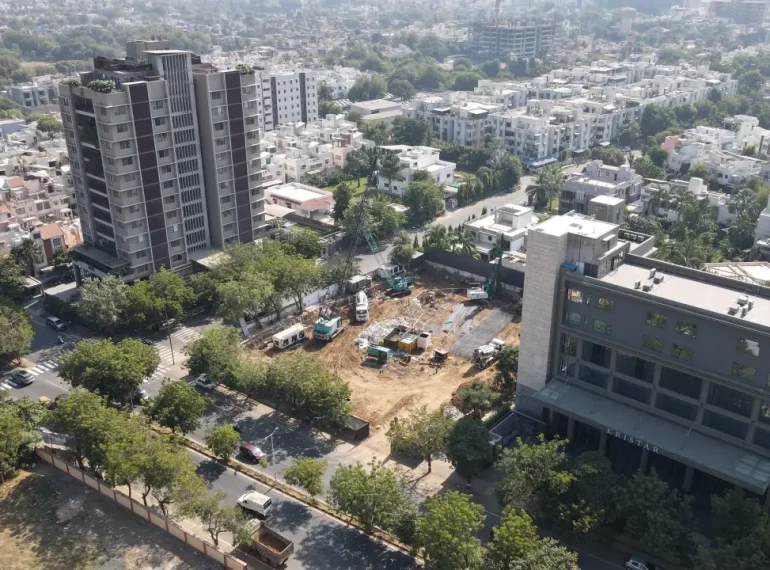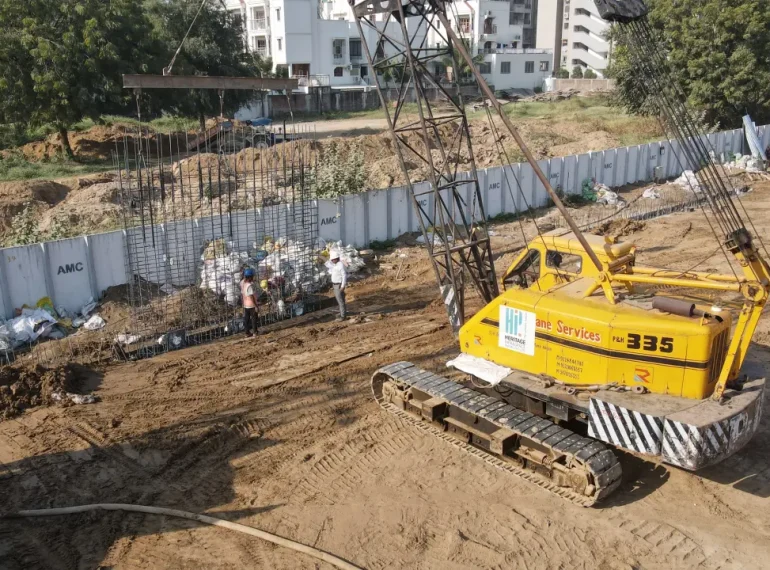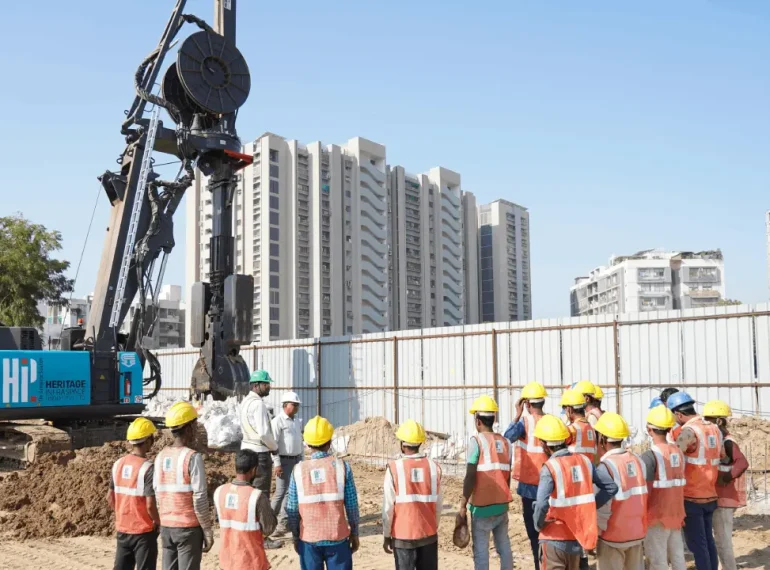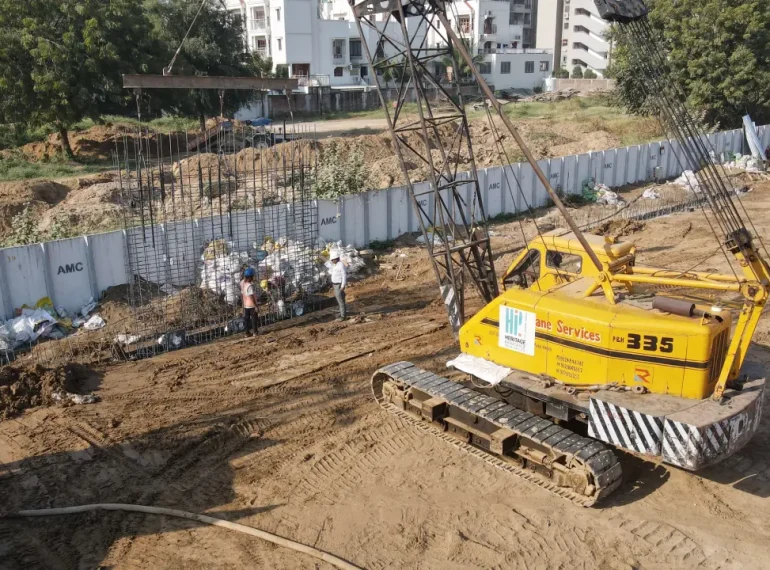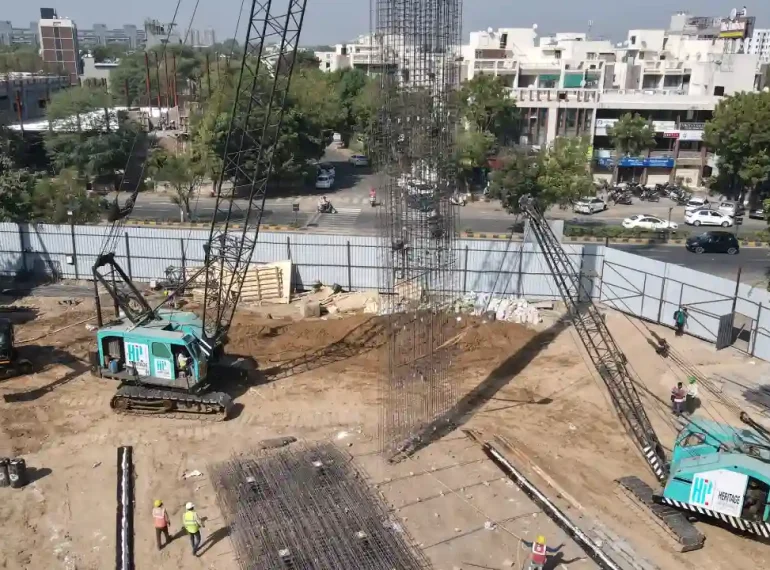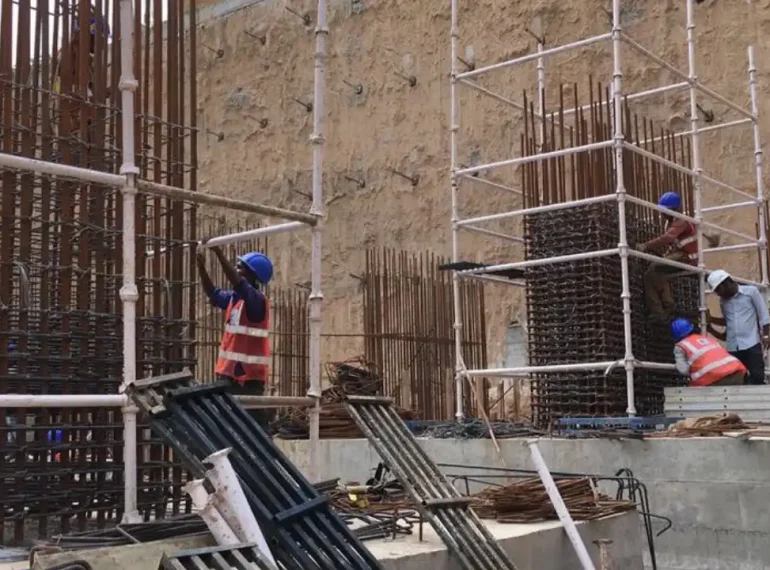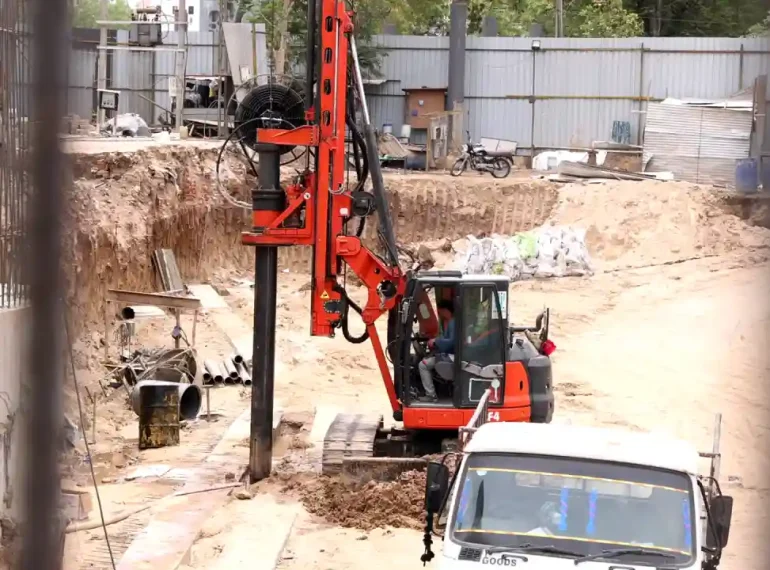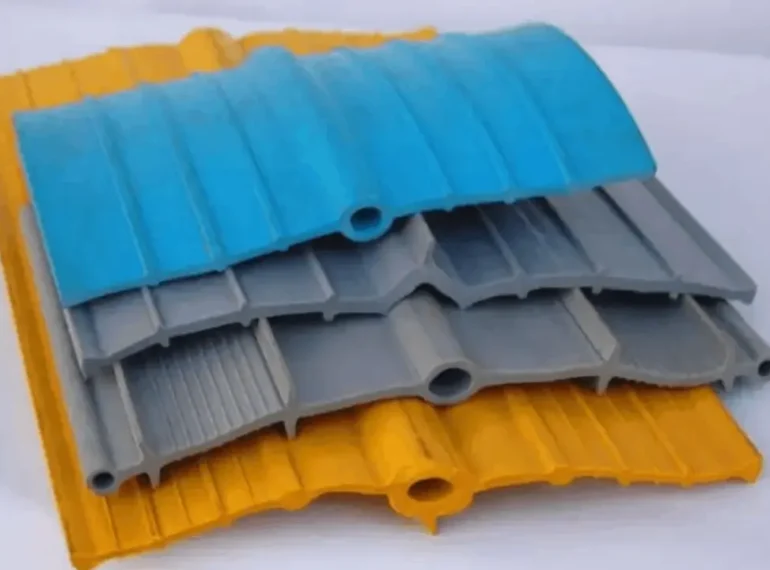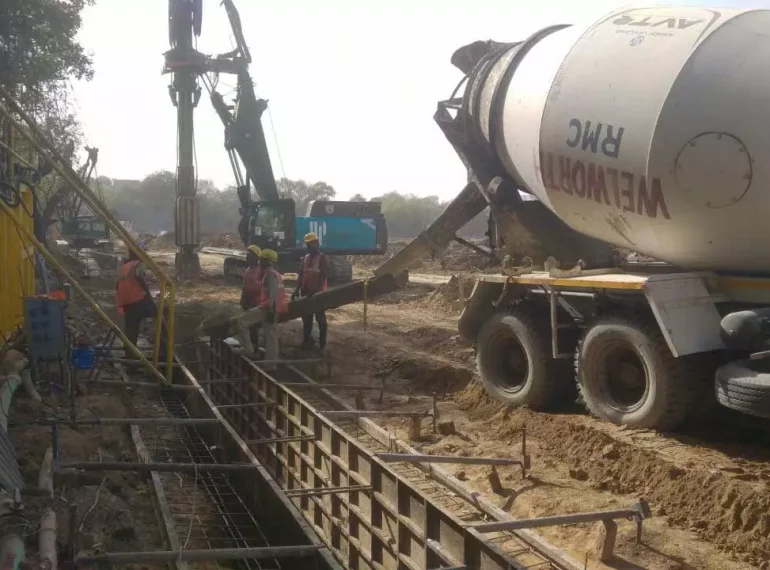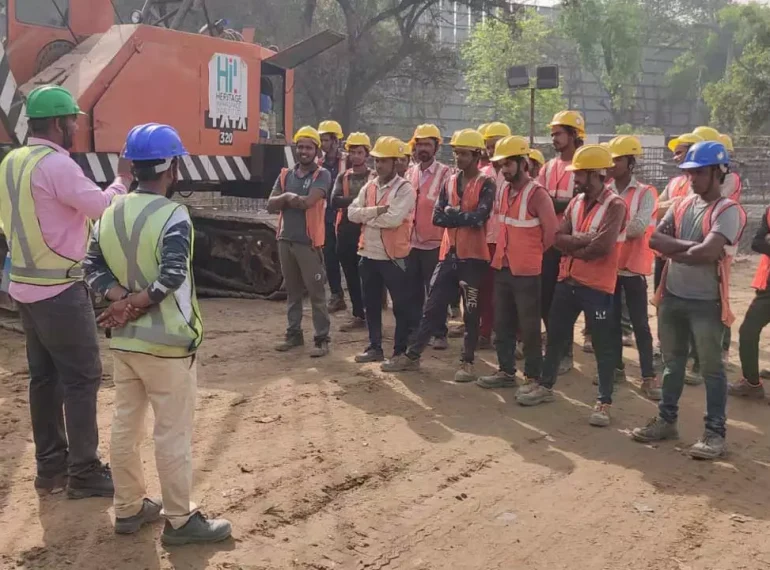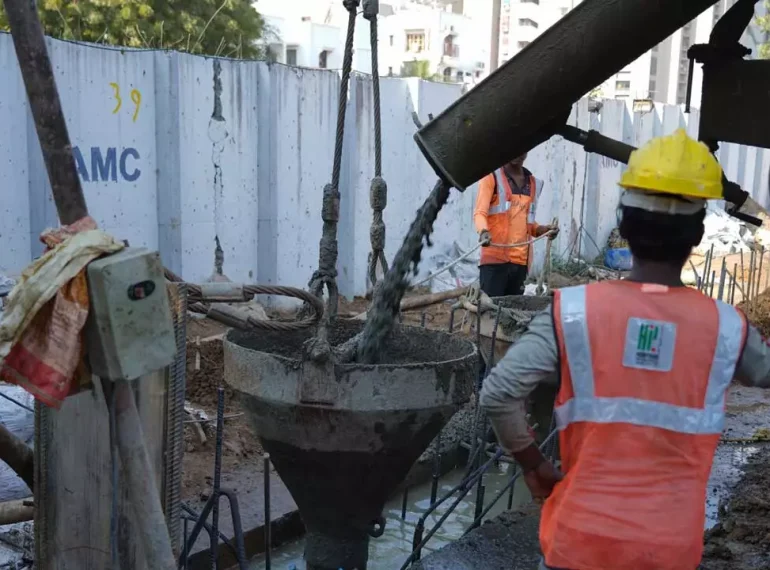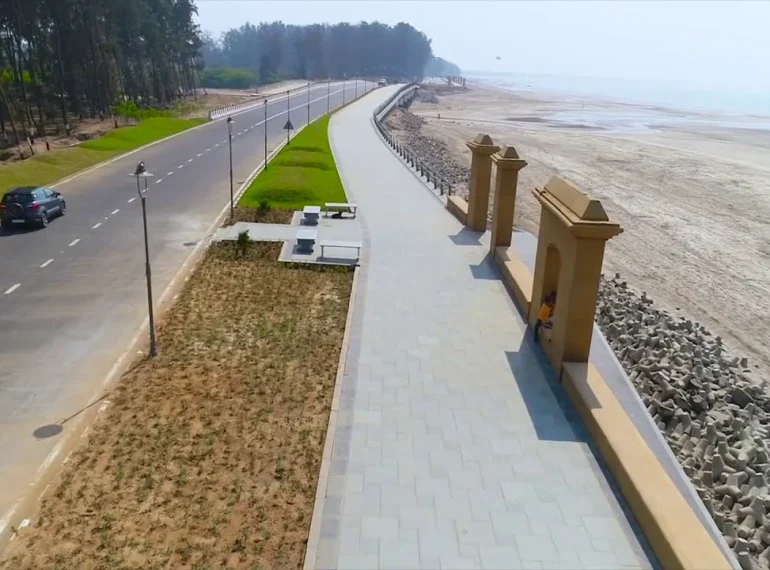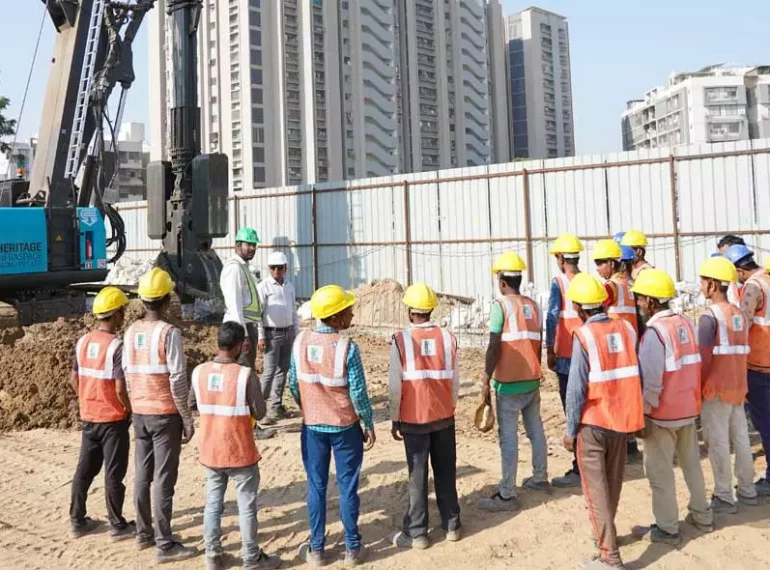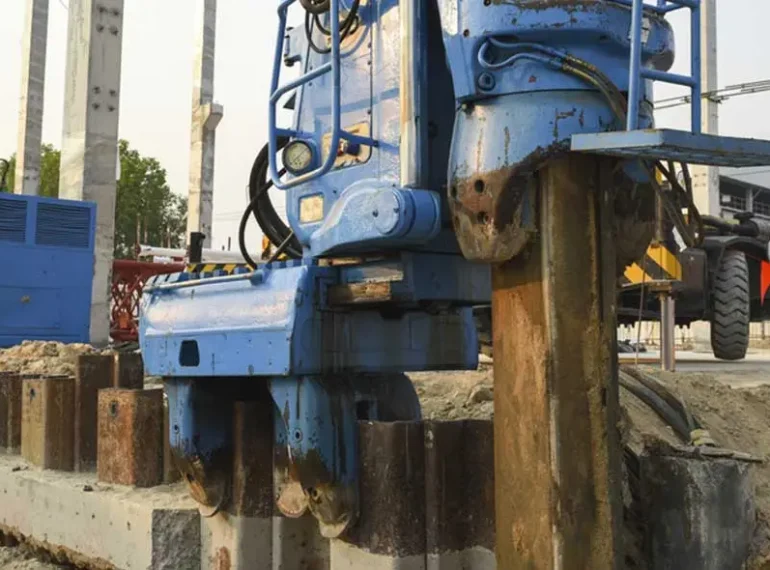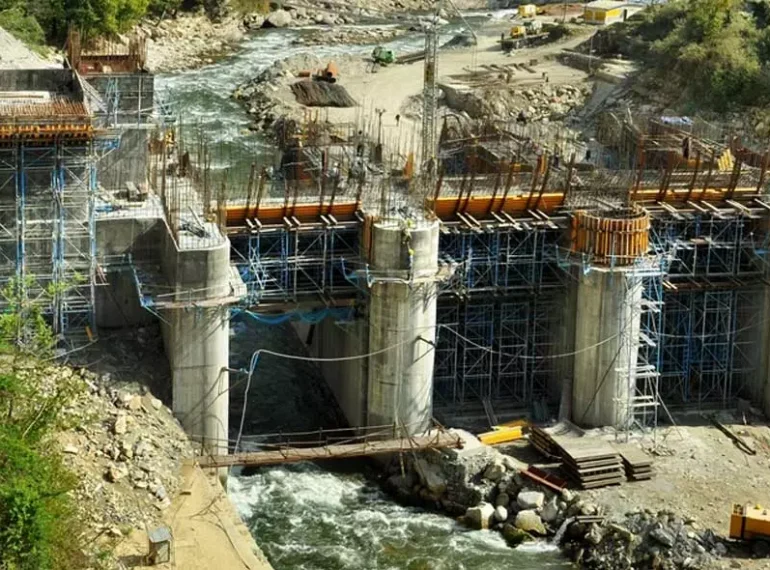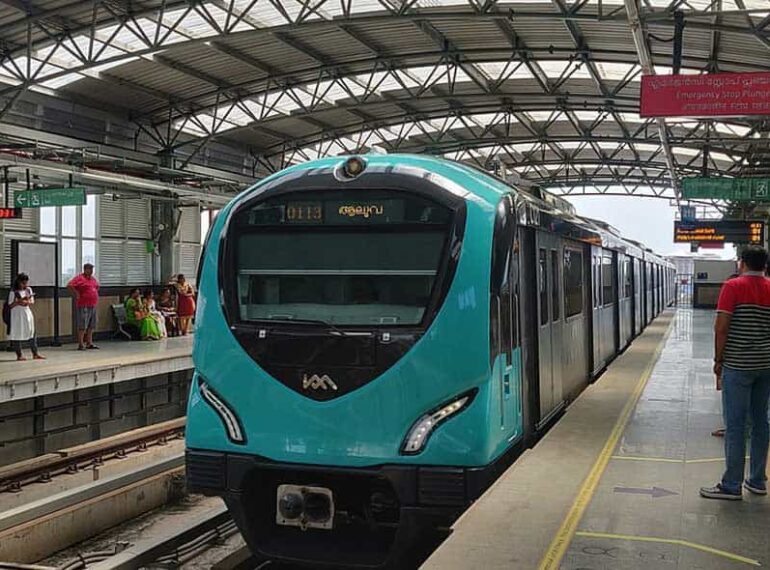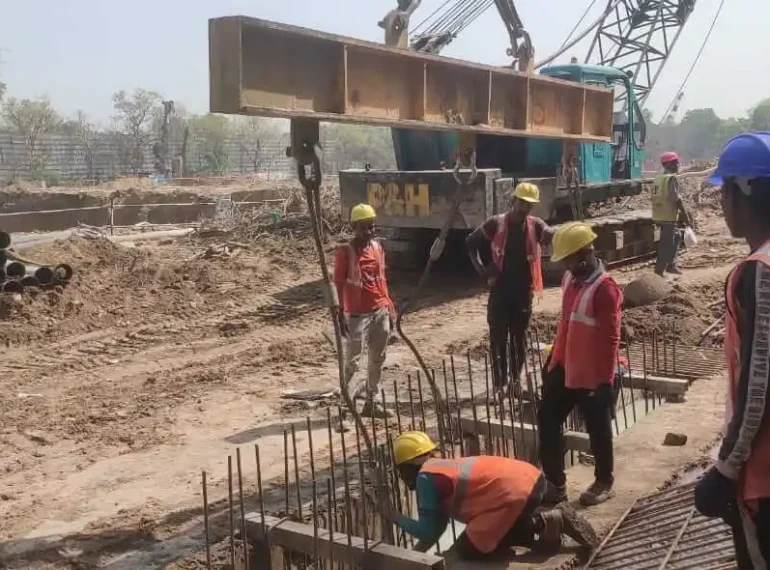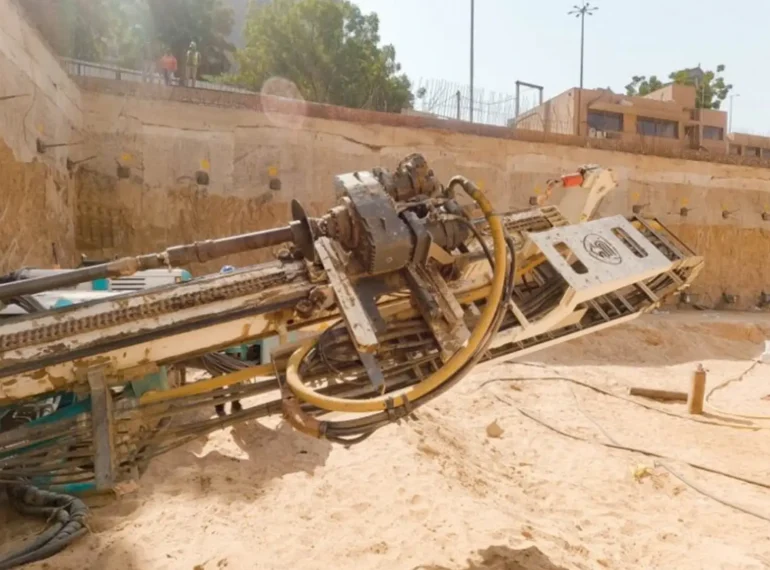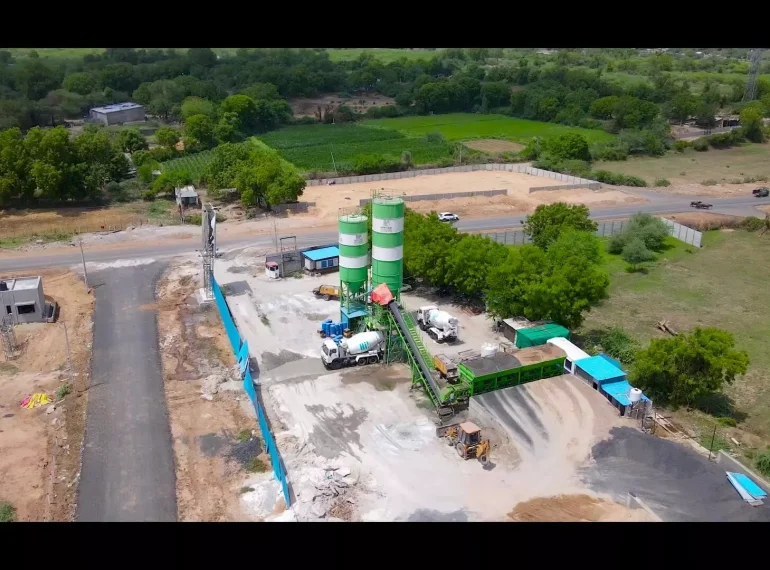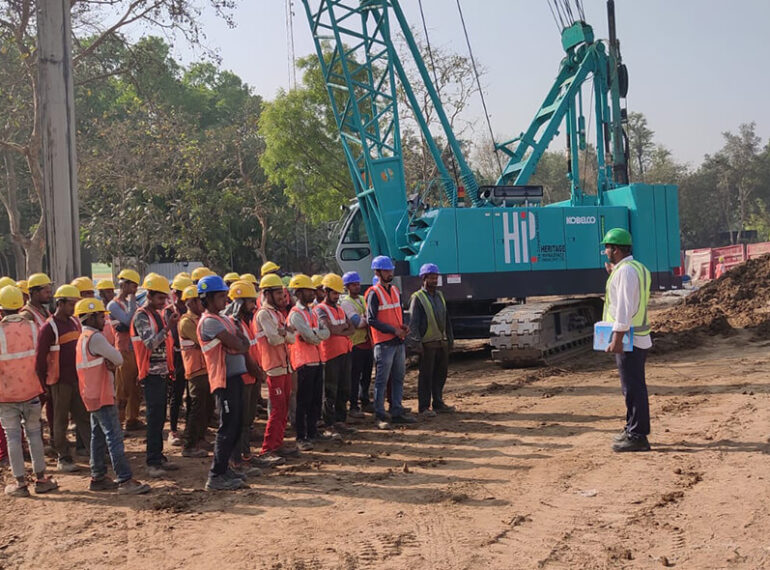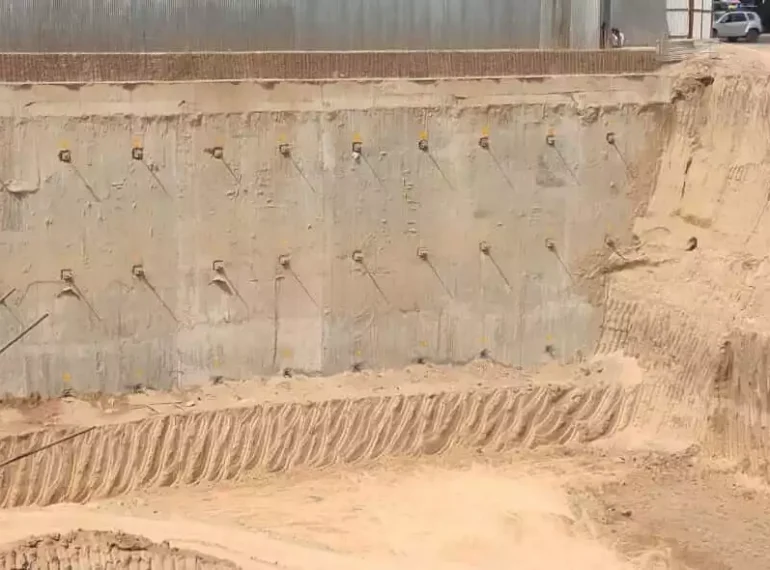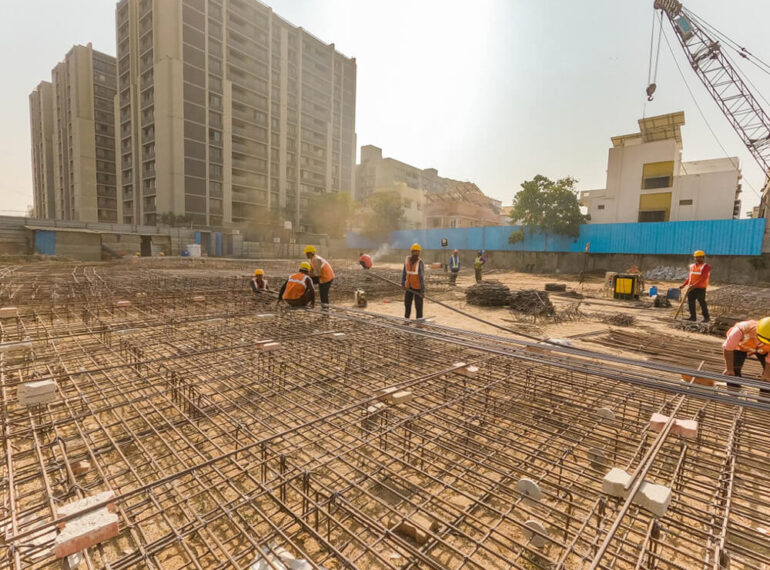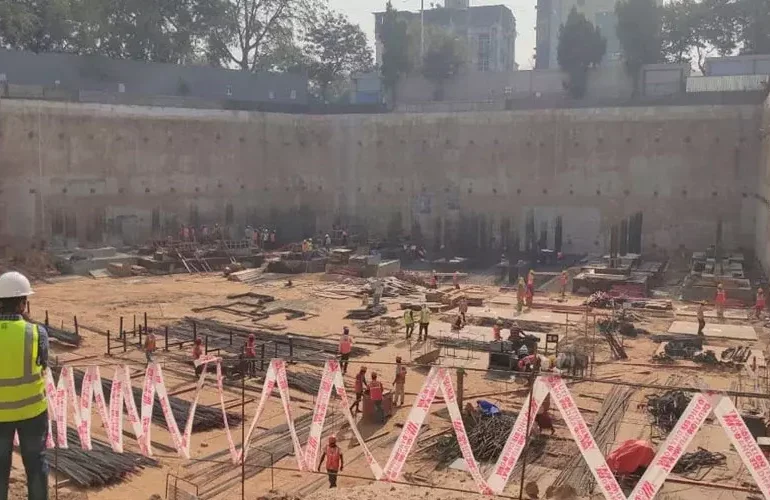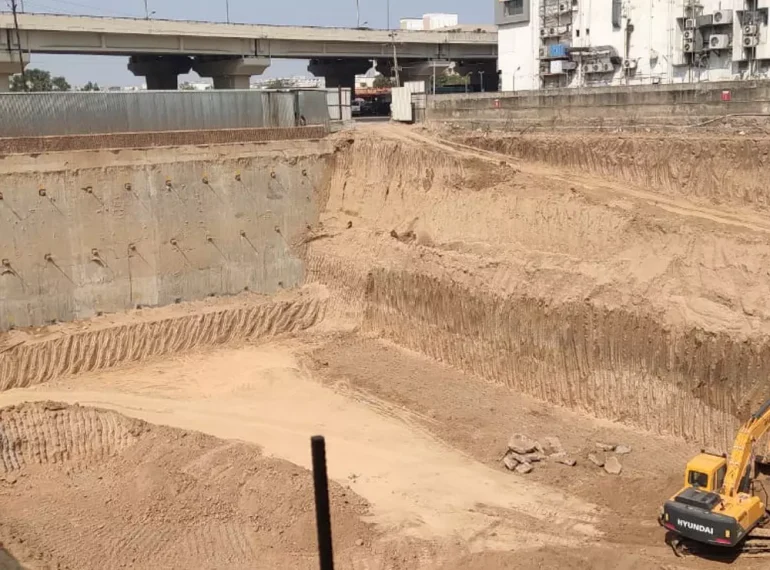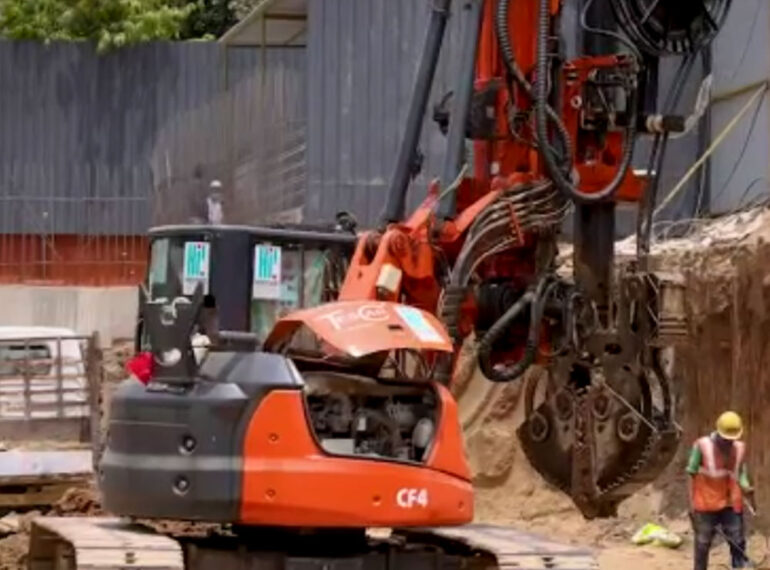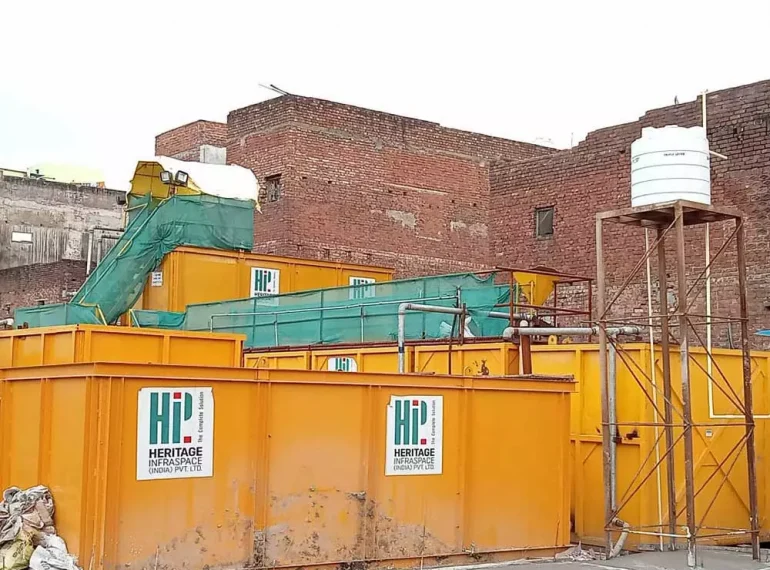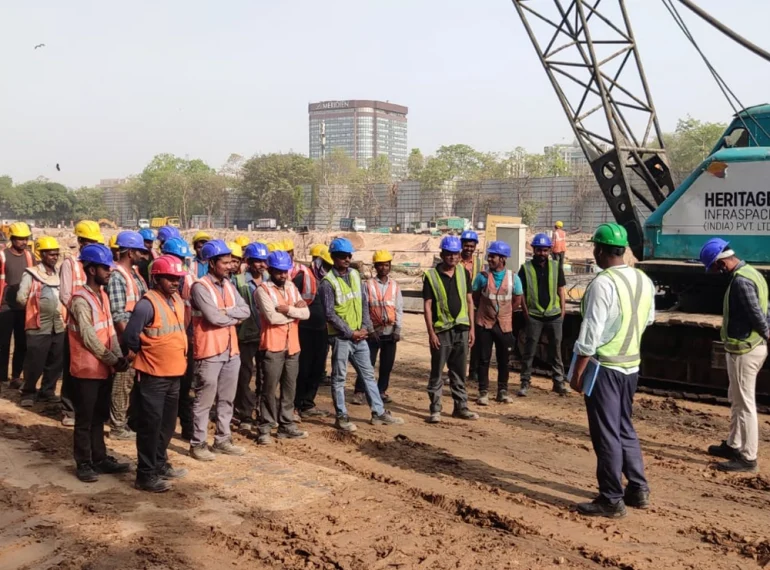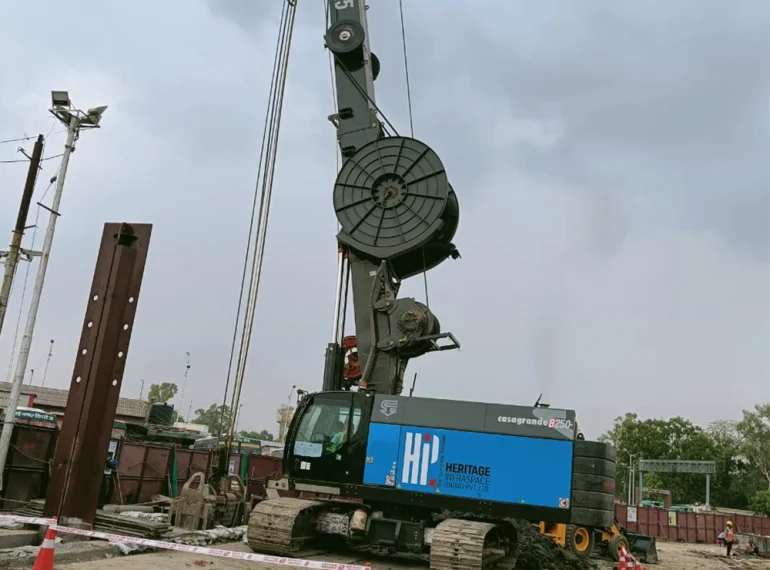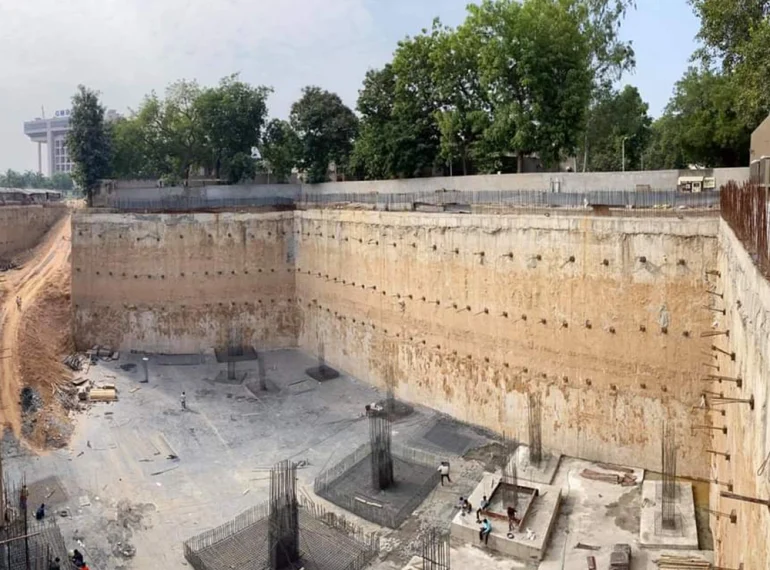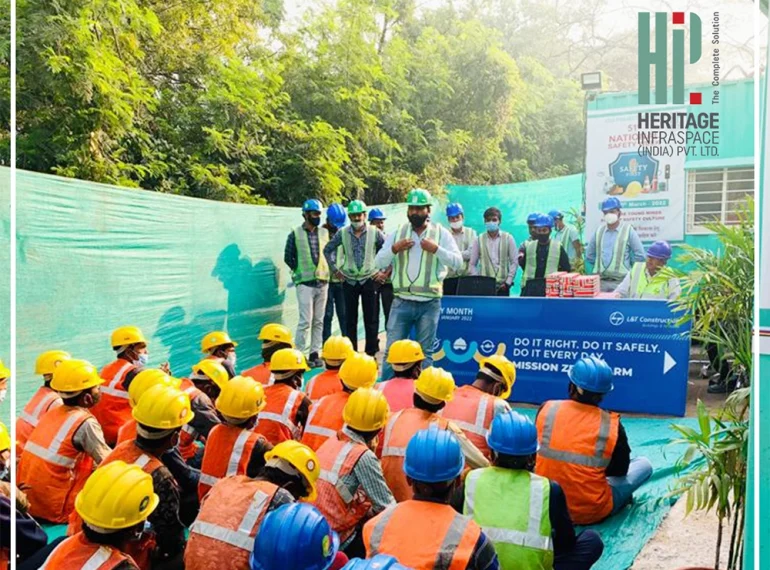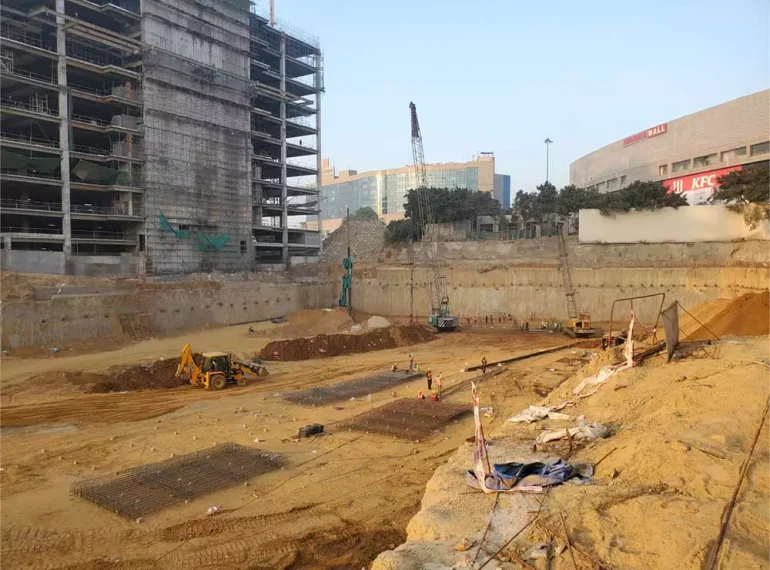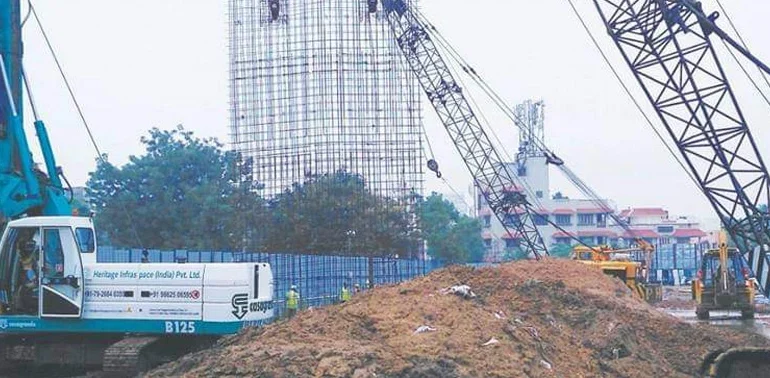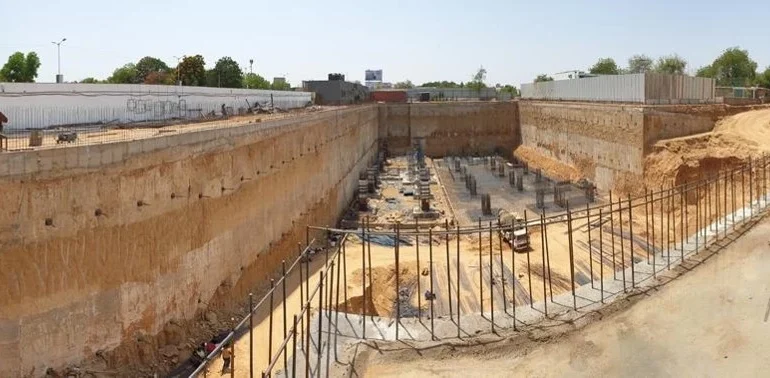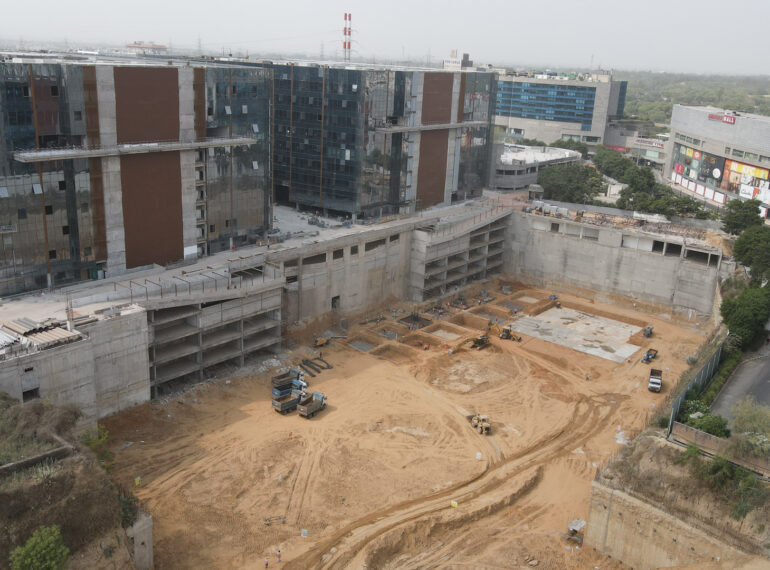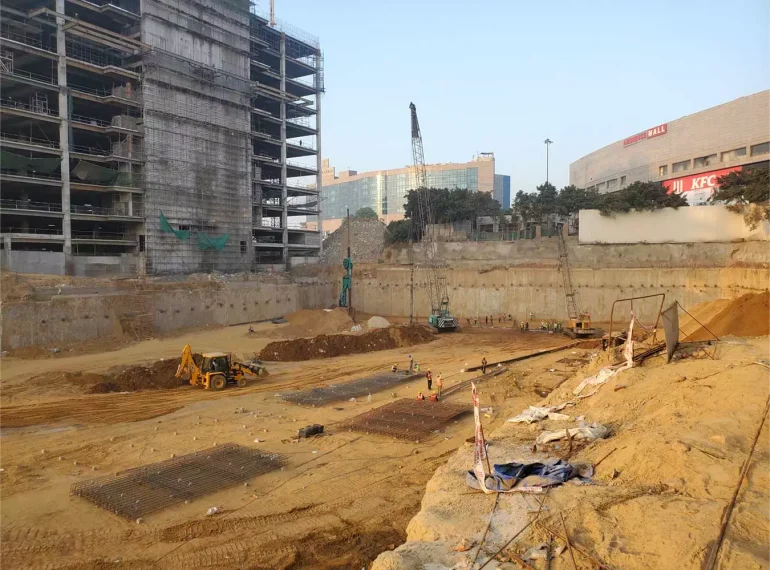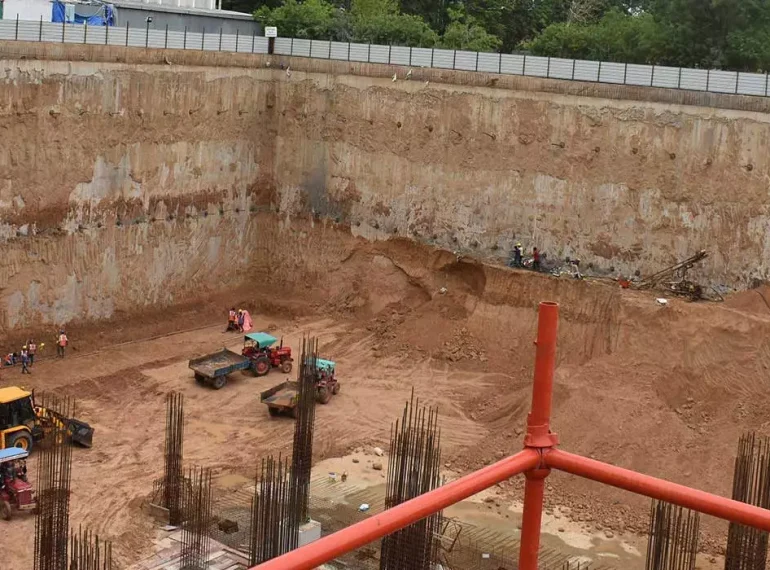Diaphragm walls are a crucial component in the construction industry, offering robust and durable solutions for complex structures. They serve as retaining walls and cut-off walls and are often used in the creation of basements and underground car parks.
The importance of diaphragm walls in construction cannot be overstated. They provide stability, prevent water ingress and can even withstand high loads, making them an indispensable tool for any construction project.
As a leading diaphragm wall construction company, we bring you an in-depth look into the intricacies of this technique. As you read on, we will take you through the process, equipment and personnel involved in diaphragm wall construction.
Applications of Diaphragm Wall Construction
Diaphragm wall construction is gaining popularity in India due to its numerous advantages such as stability, safety, space optimisation and water control. As a result, it’s crucial for a diaphragm wall construction company to understand its applications and guide this complex process. Diaphragm walls are integral to modern infrastructure and find their application in three key areas:
Basement Construction
With the growing population, the need for larger residential buildings with ample parking space has increased. Deep basement construction, sometimes up to 5 levels, is often required. A basement diaphragm wall plays a crucial role in such constructions by transforming damp deep ground spaces into dry and secure areas beneath our buildings. They act as impenetrable barriers that prevent the earth from caving in, ensuring the safety of construction workers and preventing damage to nearby structures. In addition, the use of a PVC water stopper is integral to the construction process. It is installed at the joints of the diaphragm wall panels to prevent water seepage, thereby ensuring a dry and secure basement environment

Diaphragm wall construction at HIPL
Underground Metro Construction
Metro stations can be built above the surface or underground. In the case of underground constructions, water can pose a significant challenge. This is where metro diaphragm wall construction in India shows its dexterity. Diaphragm walls serve as watertight barriers, preventing groundwater from seeping into the construction site. They also act as a guiding path for launching shafts. The top down construction method used in underground metro construction ensures the safety and comfort of passengers.
Dam Construction
Dams are vital for us, providing water supply and acting as a barrier during heavy rainfall. The use of a diaphragm wall in dam construction plays a crucial role in ensuring the stability and longevity of these structures. Diaphragm walls help prevent water seepage, act as a strong foundation to withstand earth pressure and ensure the longevity of the structure. In addition, the construction of a diaphragm wall in a dam can significantly enhance the dam’s resistance to seismic activity. This is particularly important in regions prone to earthquakes. By incorporating a diaphragm wall into the dam’s design, engineers can ensure that the structure remains stable and secure, even under extreme conditions.
Equipment Used in Diaphragm Wall Construction
Understanding the construction process of diaphragm walls can provide insight into their efficiency in underground construction. Let’s explore the types of equipment used in diaphragm wall construction in India.
Trenching Equipment
The choice of equipment for digging the trench depends on the soil type, wall depth, length and thickness. This includes drilling rigs, hydraulic grabs, shovels and trenching buckets.
Slurry Preparation Equipment
Slurry, a mixture of bentonite and water, stabilises the trench walls during construction. Tanks and pumps of varying capacities are used to prepare the required amount of slurry on-site.
Concreting Equipmen
The concrete mix, tremie pipes of suitable length and size and concrete pouring devices are chosen based on the project requirements.
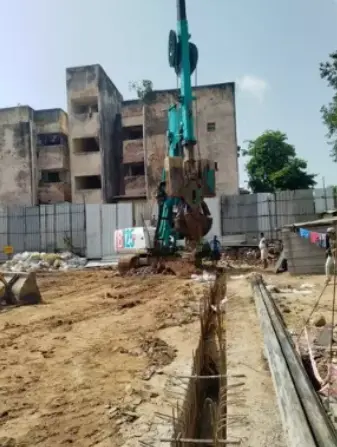
A bulldozer on a construction
Lifting Devices
Cranes are used to lower precast wall panels into the trench. The size of the reinforcement cage determines whether it can be lifted by the crane.
Stop-end Pipe Extractors
These are used to extract stop ends from deep panels.
Piling Equipment
Piling is a common foundation type for structures. Piling contractors in India use equipment like rotary heads, drilling tools and soil mixers to provide essential support.
Hydraulic Grabs
Hydraulic grabs used in diaphragm wall construction in India can exert significant closing force to excavate material from hard clay, dense sand, or weak rock.
People involved in diaphragm wall construction
Civil Engineers
Engineers play a crucial role in the successful completion of construction projects. Structural engineers design key elements like the building diaphragm wall, while project engineers oversee the planning and execution of the entire project. Geo-tech engineers assess soil conditions and provide guidance on excavation and slurry materials. All these professionals often work in close collaboration with a reputable diaphragm wall construction company to ensure the success of the project.
Welders
Welders construct the wall cage for diaphragm walls by expertly welding steel rods. Their expertise is vital in building a strong and durable diaphragm wall.
Crane Operators
Crane operators are essential for manoeuvring heavy loads and placing materials at significant heights. They operate heavy machinery such as cranes, facilitating the precise movement of materials on the construction site. Their role is particularly important when installing large diaphragm wall panels.
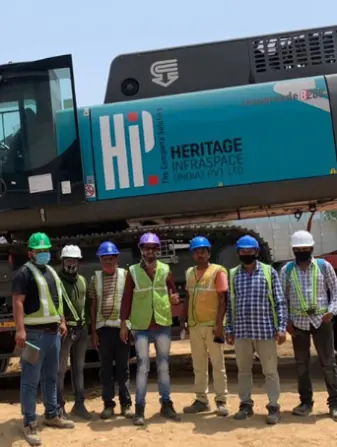
People behind diaphragm wall construction
Crane Operators
Crane operators are essential for manoeuvring heavy loads and placing materials at significant heights. They operate heavy machinery such as cranes, facilitating the precise movement of materials on the construction site. Their role is particularly important when installing large diaphragm wall panels.
Plumbers
Plumbers ensure the proper functioning of water supply and drainage systems on the site. Their responsibilities include installing pipelines, setting up drainage systems and maintaining plumbing systems on-site.
Safety Officers
Safety officers enforce safety regulations, conduct inspections, provide safety training to workers and take proactive measures to prevent accidents and injuries. They are essential to safeguarding the well-being of workers.
Ground Workers
Groundworkers perform a range of manual labour tasks, including excavation, slurry management, concrete pouring and site preparation. They collaborate with other professionals on-site to ensure effective task execution.
Conclusion
In conclusion, diaphragm wall construction is a critical and intricate process integral to various infrastructure projects, including dams, basements and metro systems. The success of these projects hinges on the collective expertise and collaboration of professionals in the field, ensuring precision and safety in these ambitious endeavours. If you’re planning a diaphragm wall construction project, partnering with a reputable diaphragm wall construction company like Heritage Infraspace India Ltd, is crucial. Their specialised knowledge and experience will provide the necessary guidance and support to efficiently and securely realise your vision.
Frequently Asked Questions
Diaphragm wall construction has a few limitations. It can be relatively expensive due to the need for specialised equipment, experienced personnel and extensive excavation work. Further, the installation of diaphragm walls becomes time-consuming, especially for deep excavations or in challenging ground conditions. Even waterproofing can be difficult to achieve at the joints and maintaining vertical tolerances can be challenging for deeper walls.
Diaphragm walls can be constructed up to a depth of 60 metres. However, it’s important to note that the depth can vary depending on the specific requirements of a project.
Yes, diaphragm wall construction can be relatively expensive compared to other types of underground construction and excavation support systems. This is due to the need for specialised equipment, experienced personnel and extensive excavation work. However, the introduction of a prestressing cable to the diaphragm wall can significantly reduce the amount of reinforcing steel needed, which directly decreases the cost of making the diaphragm wall.




